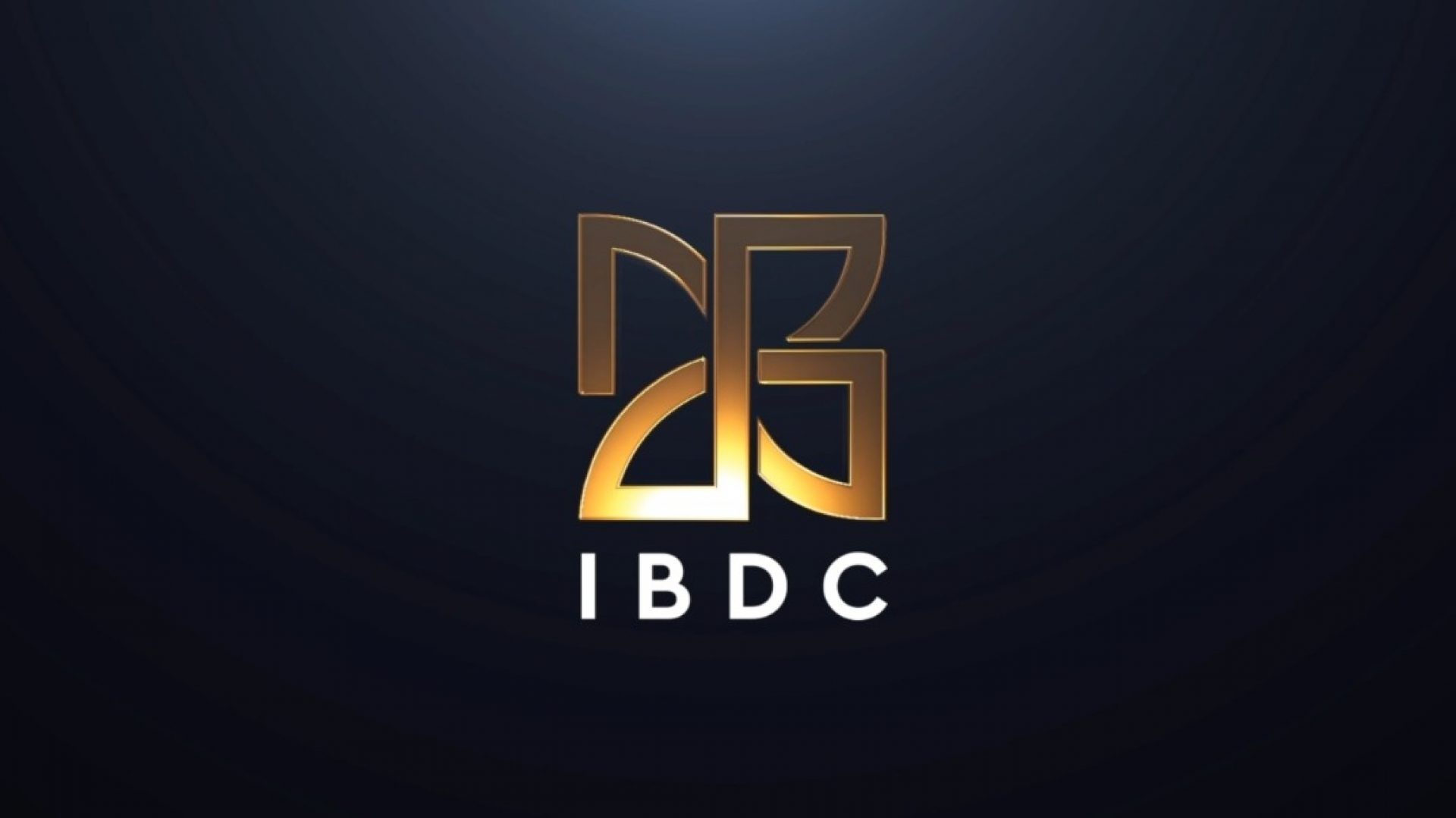
Distressed assets have been emerging with great supplies during bad economic times. Crisis, mismanagement, financial defaults and other underlying business issues are the common driving factors. Prolonged problems in combination with more challenging environment to survive, it tends to pose a significant risk to any distressed asset owner.
What is Distressed Assets?
Distressed assets can be in various forms:
- Non-performing loans
- Equity
- Real estates
- Other form of personal assets
Regardless of the asset form, all of them have some similarity in common as follow:
- Continuous loss-making
- Liquidity problem
- The cost of holding or ownership is higher than the benefits
- Underlying structure and mismanagement
- No longer meets your risk requirements
- Other owner matters
These assets still have growth potential and hidden values that are yet to be unlocked. It is resources not being put properly into use. However, in its current circumstances, it feels like you have tried every possible means that would have work but it just ended up otherwise. You have become so helpless. You are worried of bankruptcy.
How to Deal with Distressed Assets?
By owning these assets, it is either draining up your cash flow and reserves, taking up a significant portion of your time, incurring continual losses. Literally, you just want a DIVORCE! By divorcing with your asset, you can either:
- Cash out;
- Stop loss;
- Spend time on things you are better with; and
- Save yourself some sorrow.
 An asset undergoing a distressed period needs to be restructured; or if its existence is no longer meaningful then it needs to be ceased existing. There are 3 main solutions to deal with it.
An asset undergoing a distressed period needs to be restructured; or if its existence is no longer meaningful then it needs to be ceased existing. There are 3 main solutions to deal with it.
1. Divesting
The most simple and straight-forward solution. You want a divorce, but there are people out there who is willing to buy them. These investors are able to embrace the downsides and buying into all of the disadvantages. They see the prospect and ways or capacity to turnaround. They are TRUE LOVE.
If something is not meant for you, it should not be forced. So if you can saves yourself from trouble, why not just let it go and fulfill them?
Tips: It is always good if you can make up your mind, and sell it as early as possible to fetch the best price before things worsen.
2. Restructuring
Before every relationship ends, you should try to have a talk and sort things out. Same goes for your assets. If you still treasure them, you may want to study what went wrong and fix things up. Do you need to implement some internal controls? Is it the marketing strategy? Has it got something to do with your team? Are you keeping up with the environment changes? The process may takes a number of years.
Do you have the required skills, experience and resources? In this context, you may want to engage your local restructuring professionals to drive your project. Upon successful implementation of your restructuring exercise, you may be able to fetch a higher enterprise value, or continue to hold on to your asset and live happily ever after!
3. Liquidate
This is when certain assets do not have any potential or prospect anymore, and it is beyond any restructuring means. In other words, it no longer has the capability and purpose to be in existence anymore. In such circumstance, you may want to consider filing for a voluntarily liquidation process and wind up the business.
Once you have cashed out, find a new passion and direction to have a fresh start again!
Should you face any problems or queries regarding distressed asset, or interested to divest, restructure, or liquidate your assets, please feel free to contact us and our business consultancy management team shall help to address your concerns!
IBDC


